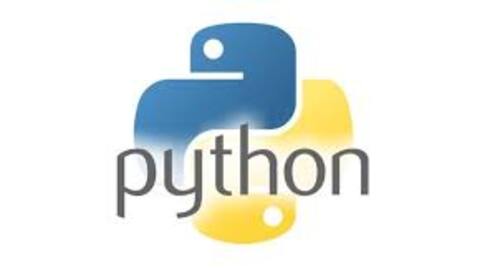Whether you’re a complete beginner or just brushing up, Python is a fantastic language to start with. This tutorial provides practical steps to guide you through the basics of Python, with helpful examples and tips for real-world applications.
1. Introduction to Python
Python is a versatile, easy-to-learn programming language with widespread use in web development, data analysis, machine learning, and more. Its readability and simplicity make it a popular choice for beginners, and its extensive libraries support professionals across different fields.
Why Learn Python?
- Python is used by major companies (Google, Netflix, NASA).
- It’s beginner-friendly yet powerful enough for complex applications.
- Python has a vast community and plenty of learning resources, making it easy to find help and tutorials.
2. Setting Up Your Python Environment
Step 1: Download and Install Python
- Go to python.org.
- Download the latest version for your operating system.
- Run the installer and select “Add Python to PATH” to ensure Python can be used from the command line.
Step 2: Choose an IDE An Integrated Development Environment (IDE) makes writing and running Python code easier. Here are three popular choices:
- VS Code: Free and powerful, with many extensions for Python.
- Jupyter Notebook: Great for beginners, especially if you’re working with data.
- PyCharm: Comprehensive, with excellent debugging tools (free and paid versions).
3. Python Basics
Python Syntax and Structure
- Python is case-sensitive:
printis correct, butPrintwill throw an error. - Indentation: Instead of braces
{}, Python uses indentation (typically 4 spaces) to define code blocks.
Writing Your First Python Program
In your IDE, type:
This code will print “Hello, World!” to the console.
Variables and Data Types
Python supports multiple data types:
- Integers: Whole numbers (
x = 5) - Floats: Decimal numbers (
y = 5.0) - Strings: Text (
name = "Alice") - Booleans: True or False values (
is_student = True)
Example:
4. Control Flow in Python
If Statements
Python uses if-else statements for decision-making:
Loops
- For Loop: Used for iterating over a sequence (like a list).
- While Loop: Runs as long as a condition is true.
5. Working with Data Structures
Python provides several built-in data structures:
Lists
Lists are ordered collections that can hold various data types.
Tuples
Tuples are like lists but are immutable (they can’t be changed).
Dictionaries
Dictionaries store data as key-value pairs, making them great for lookups.
Sets
Sets store unique elements without any specific order.
6. Functions and Modules
Creating Functions
Functions are reusable blocks of code that perform a specific task.
Using Modules
Modules are Python files with functions and variables you can use in your code. Python has many built-in modules, like math.
7. File Handling in Python
Python makes it easy to read and write files:
Writing to a File
Reading from a File
8. Error Handling
Python handles errors with try and except blocks, which prevent the program from crashing due to unexpected inputs or other issues.
9. Next Steps
Congratulations! You’ve covered the basics of Python programming. To continue learning:
- Practice: Create small projects like a calculator or to-do list.
- Use online resources: Sites like LeetCode and HackerRank provide coding challenges.
- Explore Python Libraries: Libraries like
Pandasfor data analysis orFlaskfor web development open up a world of possibilities.
This beginner’s guide to Python covers foundational topics like syntax, control flow, data structures, and file handling. With these basics, you’re ready to dive deeper and explore Python’s vast ecosystem.

Comments are closed.